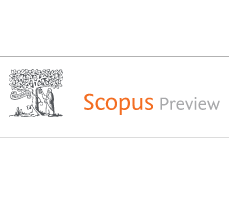3D printing is a process of hierarchically fabricating three-dimensional microstructures by successively adding materials in a bottom-up manner. The technology has been rapidly advancing, especially in the manufacturing of high-strength, lightweight industrial composite materials. Thus far, many studies have focused on the spontaneous alignment of short reinforcing fibers that are subject to adjustment during the 3D-printing process, along with an inevitable void formation arising due to an intrinsic nature of the additive process. However, systematic examination of the 3D-printed anisotropic microstructures, related with a markedly high degree of fiber alignment and formation of voids in the matrix, has not been sufficiently conducted to analyze its effect on the anisotropic mechanical behaviors of fiber-reinforced composites. Here, we sought to examine in detail the internal morphology of fibers and voids in 3D-printed composites by 3D X-ray microscopy to explore their anisotropic architecture. The position, length, and alignment of fibers and voids were identified, visualized, and quantitatively characterized with a help of computational tomography (CT). Furthermore, the anisotropy approximation of the 3D-printed composites, precisely predicted through CT-assisted simulation, was derived based on the quantitative data obtained from the 3D reconstruction image. These measurements were effective in exploring the process-induced alignment nature of fibers and voids in the local region layers on the microscopic scale, and the corresponding microstructure resulted in a change in the elastic modulus of the composites with the printing direction. The comparative results showed that the experimental results were well supported by the simulation-based estimations, but did not exactly match the rule-of-mixture of the composites in terms of interfacial nature due to the distinctive microstructure with the fiber-to-matrix interface as well as the filament-to-filament interface.

